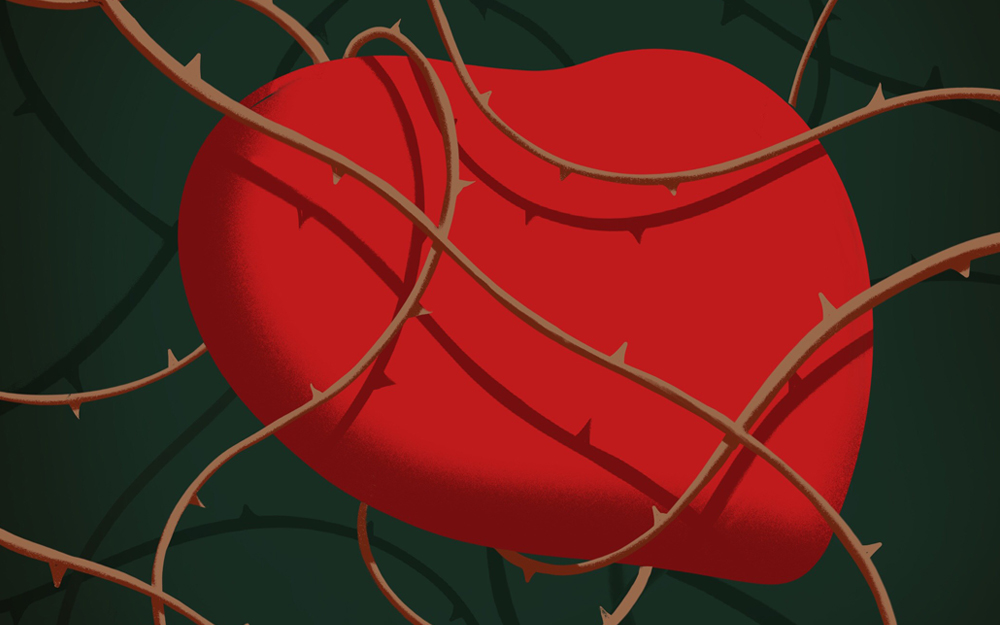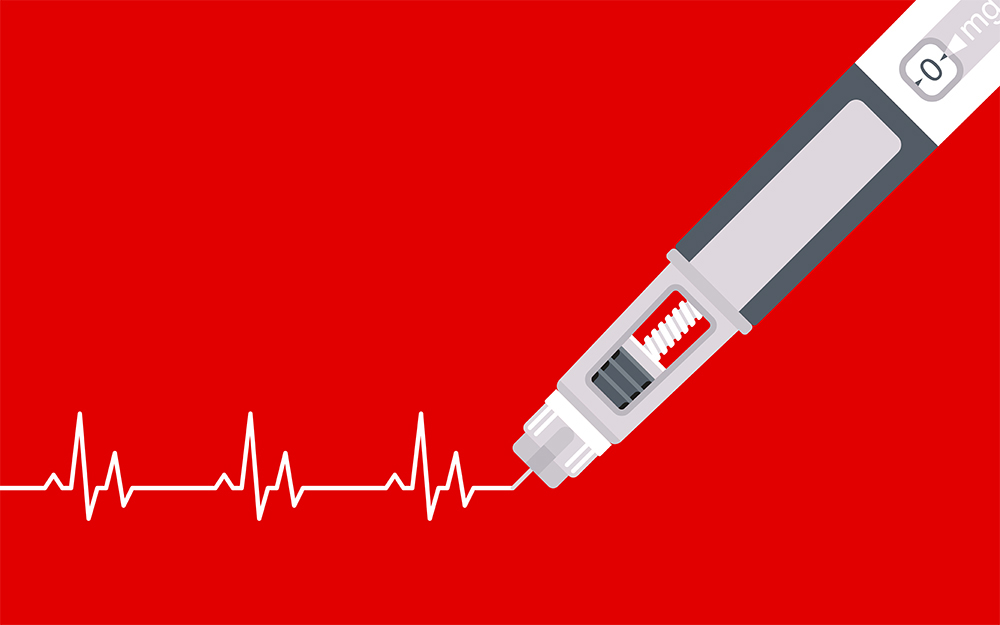"Broken Heart" Syndrome Spikes During COVID-19
Date
March 9, 2021
Credits

Date
March 9, 2021
Credits
Medical providers featured in this article
In Brief
{{cta-block}}
No one is sure what triggers stress cardiomyopathy, but experts are certain that it’s on the rise. Incidence of the disease—also known as Takotsubo or "broken heart" syndrome—increased in 2020, and the COVID-19 pandemic is one reason for the spike.
"Families are extremely stressed by deaths of loved ones, and by losing jobs and homes," says C. Noel Bairey Merz, MD, director of the Barbra Streisand Women’s Heart Center at the Smidt Heart Institute, and the Irwin and Sheila Allen Chair in Women’s Heart Research. "Our own studies of Takotsubo syndrome indicate it was already on the rise before the COVID-19 pandemic, partly because it’s better recognized than it used to be."
"Our own studies of Takotsubo syndrome indicate it was already on the rise before the COVID-19 pandemic, partly because it’s better recognized than it used to be."
– C. Noel Bairey Merz, MD
Cedars-Sinai investigators are recruiting patients for the Smidt Heart Institute Takotsubo Registry to collect data that will guide them toward better understanding of the disease, account for the increase in diagnoses and determine who is at highest risk.
Takotsubo syndrome occurs when the heart muscle is weakened, usually following severe emotional or physical stress. It can feel like a heart attack. Though the muscle weakness is temporary, up to 10% of patients will experience another attack within five years.
Incidence of the disease has grown from less than 2% to 7.8% during the COVID-19 outbreak, according to a Cleveland Clinic study in the Journal of the American Medical Association.
Between 2006 and 2014, Takotsubo diagnoses steadily increased, according to Cedars-Sinai research presented at the American Heart Association’s Scientific Sessions 2020. The study found that middle-aged and older women are being diagnosed at a more rapidly rising rate than other populations. While older patients are more often hospitalized, younger patients have more complications— and these trends are more pronounced in women than in men.
Through the registry, investigators follow Takotsubo patients to characterize risk factors for recurrence and identify interventions, such as medications or lifestyle modifications, that could prevent future attacks. They are also studying thousands of proteins in the blood of Takotsubo patients.
"These proteins could help us identify the disease mechanisms and determine patterns that indicate more severe or repeated attacks," says Bairey Merz, who is also director of the Linda Joy Pollin Women’s Heart Health Program and the Erika Glazer Family Foundation Women’s Heart Disease Initiative.





